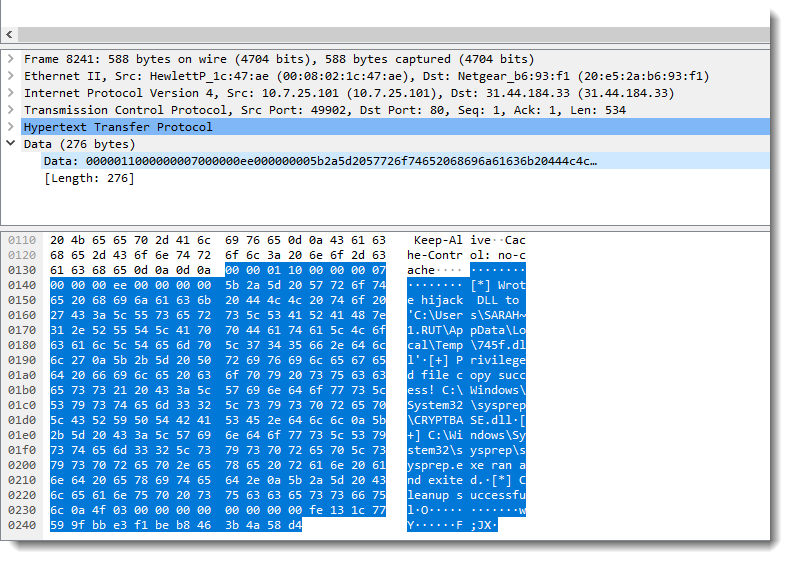
In this case, I set up a Debian-based node on Digital Ocean (I will call this “your server”). Generate a CS payload to test the setup.Generate a CS profile that utilizes your HTTPS cert and the CloudFront distribution.Create a CloudFront distribution to point to your domain.Register a domain and point it your CS server.In this post, I will walk you through the steps that I typically use for getting CloudFront up and going with Cobalt Strike. Red teams and penetration testers use Cobalt Strike to demonstrate the risk of a breach and evaluate mature security programs.
#COBALT STRIKE TRIAL TRIAL#
Mitigates the chances of burning your whole C2 infrastructure since your source IP is hidden Up until Cobalt Strike 2.5, the trial and licensed versions of Cobalt Strike used the named pipe technique in its executables and DLLs. Cobalt Strike is threat emulation software.CloudFront is whitelisted by some companies.Traffic blends in, to a degree, with CDN traffic.No need for a categorized domain for C2 traffic.

Is all lost with CloudFront and Cobalt Strike? In my opinion, no! CloudFront can still be extremely useful for multiple reasons: Recently, however, changes have been made to CloudFront that no longer allow for Domain Fronting through CloudFront to work with Cobalt Strike. Amazon CloudFront was a popular service for making Domain Fronting happen. This is a great technique for red teamers to hide their traffic.


Domain Fronting is a technique that can allow your C2 traffic to blend in with a target’s traffic by making it appear that it is calling out to the domain owned by your target. Many of you have likely heard of Domain Fronting.


 0 kommentar(er)
0 kommentar(er)
